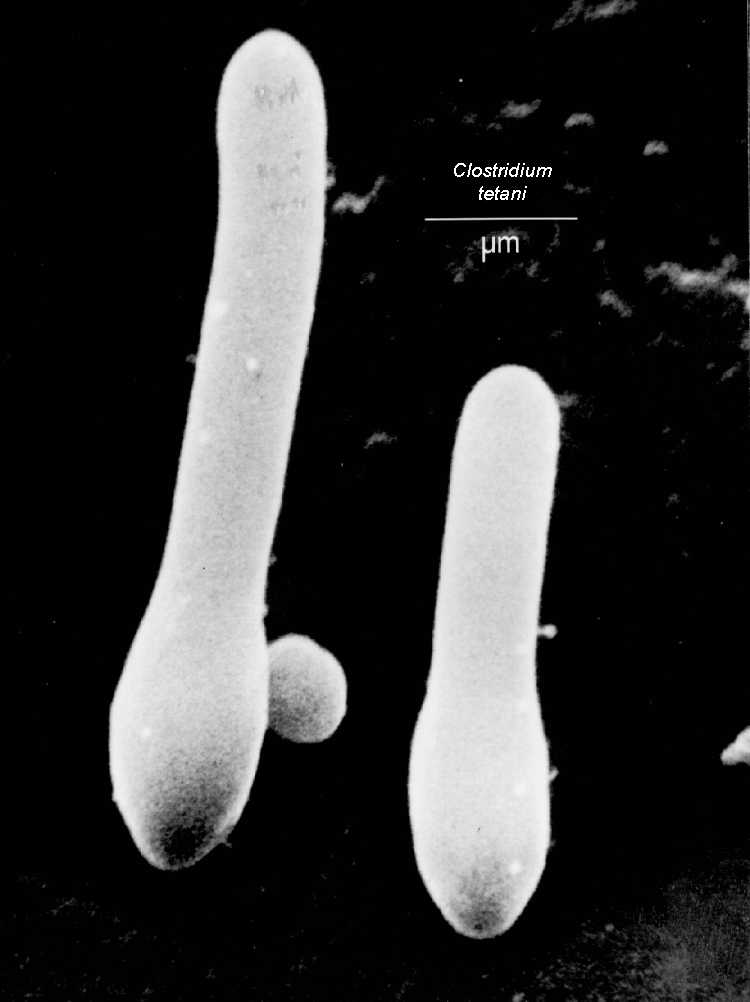 Pertussis rates have increased over the last two decades, primarily in adolescents and adults who have waning immunity from previous pertussis vaccinations or infection; however, it is infants who are too young to be vaccinated that bear the burden of severe pertussis. low vaccination rates against pertussis among adolescents and adults are a contributing factor to the rise of the highly contagious and sometimes deadly disease, commonly known as whooping cough.
Pertussis rates have increased over the last two decades, primarily in adolescents and adults who have waning immunity from previous pertussis vaccinations or infection; however, it is infants who are too young to be vaccinated that bear the burden of severe pertussis. low vaccination rates against pertussis among adolescents and adults are a contributing factor to the rise of the highly contagious and sometimes deadly disease, commonly known as whooping cough.
A new monograph from The Joint Commission, “Tdap Vaccination Strategies for Adolescents and Adults, Including Health Care Personnel — Strategies from Research and Practice,” aims to help health care organizations implement or enhance tetanus, diphtheria and acellular pertussis (Tdap) vaccination programs for adolescents and adults, including health care workers who can both acquire pertussis from and spread it to patients, other staff and family members.
Pertussis is the most common vaccine-preventable childhood disease and can be more severe than often assumed. most pertussis-related deaths occur in infants younger than 4 months. All infants less than 6 months of age, and any infant who has not yet received three doses of pertussis-containing vaccine, are especially vulnerable to pertussis infection and often require hospitalization for supportive care for coughing spasms and feeding difficulties. Adolescents and adults with pertussis generally have mild symptoms that do not require hospitalization.
The Tdap vaccine has been available only since 2005 and information from the Centers for Disease Control and Prevention (CDC) shows that vaccination rates for adults are very low. Tdap vaccination rates among health care workers stands at about 16 percent, according to the CDC, despite the evidence that Tdap improves patient outcomes and reduces staff illness and absenteeism.
The CDC reports that adults may not realize that some of the vaccines they received in childhood will not protect them throughout their lives or that newer vaccines have been developed since they were first immunized. In addition, some adults simply were never vaccinated. these adolescents and adults play a significant role in the transmission of pertussis to vulnerable infants at home, in the community, and in health care and day care settings.
The monograph, which was supported by an educational grant from sanofi pasteur, was produced and published in partnership with infection prevention and infectious disease leaders from the Association for Professionals in Infection Control and Epidemiology, Inc. (APIC), the Centers for Disease Control and Prevention (CDC), the Society for Healthcare Epidemiology of America (SHEA) and the National Foundation for Infectious Diseases (NFID).
“Recent pertussis outbreaks should be a reminder of how serious and contagious pertussis can be and the value of Tdap vaccination,” said Jerod M. Loeb, Ph.D., executive vice president, Division of Healthcare Quality Evaluation, The Joint Commission. ”This monograph includes strategies that organizations can implement and provides a foundation to improve vaccination rates among key populations. it is also a timely reminder that vaccinations save lives.”
The monograph includes:
- Information about pertussis and the Tdap vaccine.
- Barriers to successful Tdap vaccination programs and strategies for overcoming them.
- Evidence-based guidelines and literature that highlight practical Tdap vaccination strategies.
- Examples of initiatives that organizations have used to establish or enhance their Tdap vaccination programs.
The Joint Commission solicited leading practices to incorporate into the monograph and received more than 80 submissions from health care organizations. a subset of submissions was evaluated by the project’s editorial review panel; ultimately, 17 submissions were included in the monograph.
Electronic copies of the monograph are available on The Joint Commission’s Web site at jointcommission.org, and can be downloaded free of charge.
Founded in 1951, The Joint Commission seeks to continuously improve health care for the public, in collaboration with other stakeholders, by evaluating health care organizations and inspiring them to excel in providing safe and effective care of the highest quality and value. The Joint Commission evaluates and accredits more than 18,000 health care organizations and programs in the United States, including more than 9,700 hospitals and home care organizations, and more than 6,800 other health care organizations that provide long term care, behavioral health care, laboratory and ambulatory care services. In addition, The Joint Commission also provides certification of more than 1,700 disease-specific care programs, primary stroke centers, and health care staffing services. an independent, not-for-profit organization, The Joint Commission is the nation’s oldest and largest standards-setting and accrediting body in health care. Learn more about The Joint Commission at jointcommission.org.
View the multi-media release here: pwrnewmedia.com/2011/joint_commission/tdap/